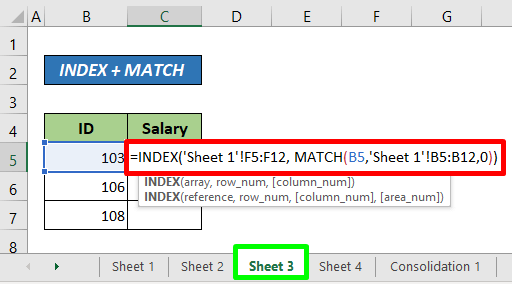Extracting Data from Excel Sheets: A Simple Guide

In today's data-driven world, efficiently managing and extracting data from Excel sheets is a skill that can greatly enhance productivity across various sectors. Whether you're a business analyst, a student, or someone working with large datasets, understanding how to extract data from Excel can streamline your workflow and facilitate better decision-making. This guide will walk you through the basic steps to extract data from Excel sheets effectively.
Why Extract Data from Excel?

Before diving into the “how-to” part, let’s quickly explore why extracting data from Excel sheets is beneficial:
- Automation: Extracting data can automate repetitive tasks, saving time and reducing errors.
- Data Analysis: Extracting specific data allows for detailed analysis, trend spotting, and forecasting.
- Integration: Extracted data can be integrated into other applications or databases for comprehensive reporting.
- Efficiency: Pulling only the necessary data speeds up the process of working with large datasets.
Tools You Need

To begin extracting data from Excel:
- Microsoft Excel or Google Sheets: Any modern version of Excel will do, or you can use Google Sheets as an alternative.
- Basic Programming Knowledge (Optional): While not necessary, knowing some VBA or Python can enhance your capabilities.
- Add-ins or Software: Tools like Power Query, Excel’s built-in functions, or external software like Power BI for more complex data extraction.
Basic Steps to Extract Data

Here are the steps you can follow to extract data from Excel:
1. Open Excel and Navigate to Your Workbook

Start by opening the Excel workbook containing your data. Ensure you’ve saved any changes.
2. Use Excel Functions for Simple Extraction

For basic data extraction, Excel’s built-in functions are often sufficient:
- VLOOKUP() or INDEX(MATCH()): To find and retrieve data based on a matching criterion.
- SUMIF(), COUNTIF(), AVERAGEIF(): To perform calculations based on conditions.
- FILTER(): (Excel 365) This function allows you to extract rows that meet specified criteria.
3. Utilize Excel’s Filter Feature

The Filter feature can be used to:
- View only the relevant data by hiding rows that don’t meet your criteria.
- Copy and paste filtered results into a new sheet or location for further analysis.
4. Advanced Data Extraction with Power Query

For more sophisticated data extraction:
- Go to the Data tab and select Get Data > From File > From Workbook.
- This opens Power Query Editor where you can perform complex transformations:
- Merge or Append Queries
- Remove or add columns
- Replace values, split columns, or pivot data
- Set up parameters for dynamic data extraction
- Load the transformed data back into Excel or another data destination.
5. Automating Extraction with VBA

If you need to automate the extraction process:
- Press Alt + F11 to open the VBA editor.
- Insert a new module and write or paste VBA code to automate data extraction.
👉 Note: Learning VBA can significantly boost your productivity with Excel. Many online resources are available for mastering it.
6. Exporting Data

Once you’ve extracted and possibly transformed your data, you might need to:
- Export it to another Excel file by copying and pasting.
- Use Save As to save in various formats like CSV or Text for integration with other systems.
- Consider SQL Server or similar tools for structured data storage.
Now that we've covered the steps, here are some important notes:
- Security and Privacy: Always ensure that your data extraction processes comply with privacy regulations like GDPR or HIPAA if dealing with personal data.
- Error Handling: Include error handling in your VBA scripts to manage unexpected data or user input.
- Data Validation: Validate extracted data to ensure accuracy before integration or analysis.
Through this guide, we've explored several methods for extracting data from Excel sheets. Understanding these techniques allows for streamlined data management, efficient analysis, and automation of repetitive tasks. From simple functions to advanced tools like Power Query and VBA, there are various ways to cater to different levels of complexity in data extraction. Remember that proficiency in data extraction not only saves time but also reduces the risk of human error, leading to more accurate results and better decision-making in your work or studies.
What if the data I need to extract isn’t in a table format?

+
If your data isn’t in a tabular format, you can still use Excel’s features like named ranges or convert the range into a table using the Format as Table option. For more unstructured data, consider using VBA or Excel’s Power Query to shape and extract the data.
Can I automate the extraction process for recurring data pulls?

+
Absolutely! Automation can be achieved through VBA scripts or by setting up dynamic queries in Power Query. You can schedule these processes to run automatically using Task Scheduler or similar tools.
Is there a limit to how much data I can extract from Excel?

+
The limit on Excel data extraction is primarily dependent on your system’s memory and processing power, as well as Excel’s maximum limits (e.g., 1,048,576 rows by 16,384 columns per worksheet). For very large datasets, consider using databases or specialized data tools.